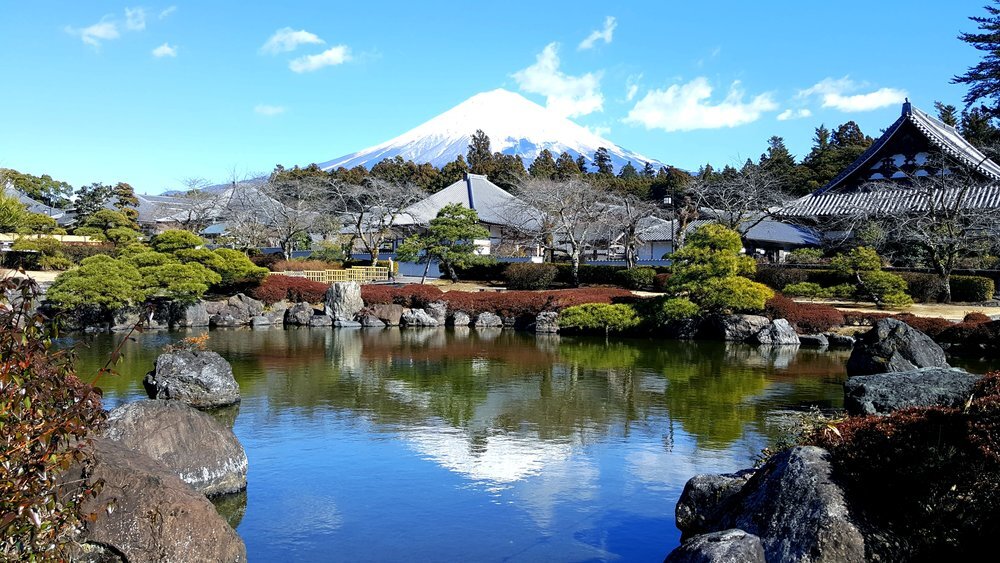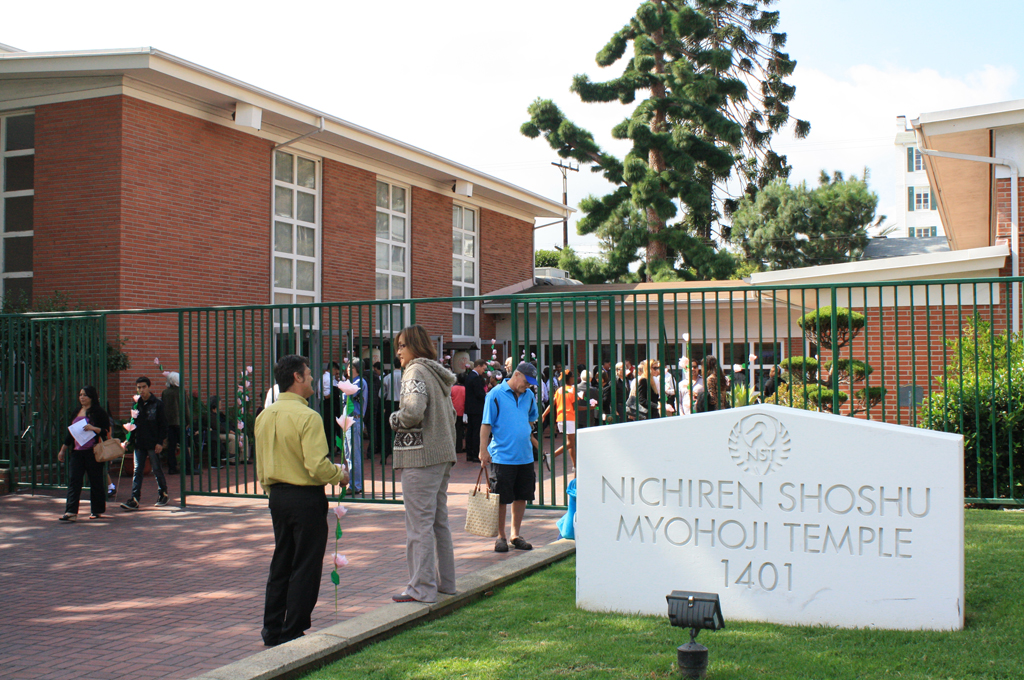A very special Exhibition Commemorating the 800th Anniversary of the Advent of Nichiren Daishonin was held at Myosetsuji Temple in New York from February 5th to February 16th, 2022. Here is the link to an interactive view the Exhibit:
HEAR FROM OUR MEMBERS
While I have experienced many benefits from chanting Nam-Myoho-Renge-Kyo, an amazing experience that certainly solidified my dedication to continued practice, and illustrates the power of chanting is the birth of our son.
I have overcome many problems, and continue to receive incredible benefits through my practice.
Chanting brings more peace and clarity to my life and is an enormously effective way to deal with stress.
BUDDHIST PRACTICE
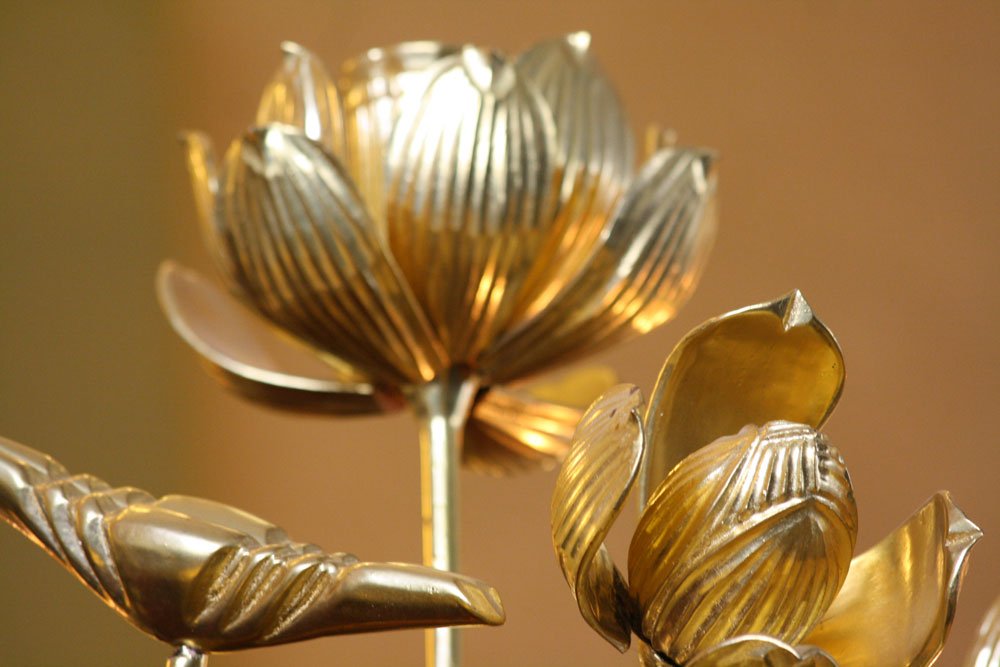
Basics of Practice
Nichiren Shoshu Buddhists practice daily to transform their karma and raise their life to higher states of happiness.
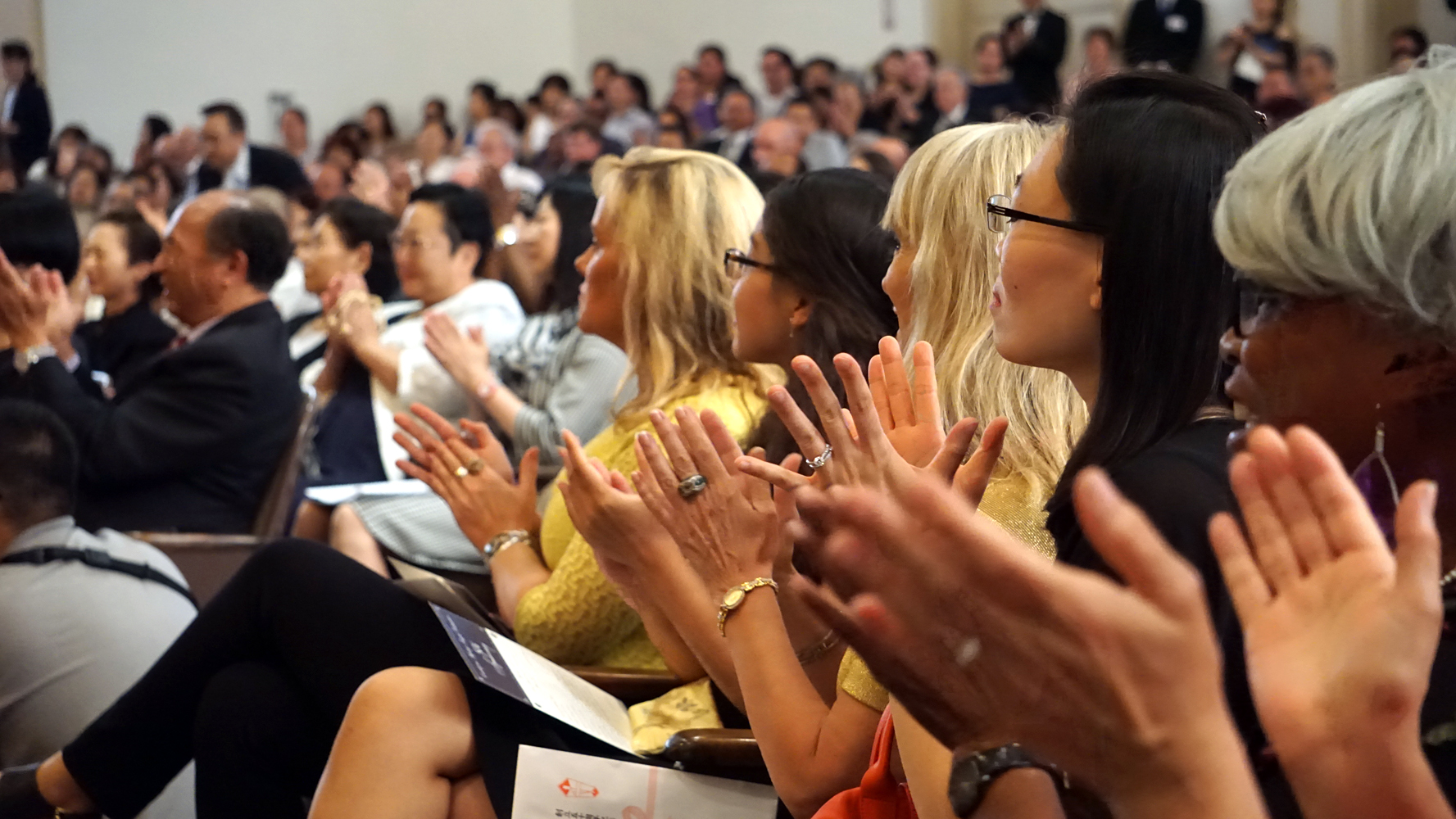
Attend an Introductory Meeting
Introductory Meetings are held on the third Thursday of every month (except December) at 7pm in West Hollywood at Myohoji Temple.
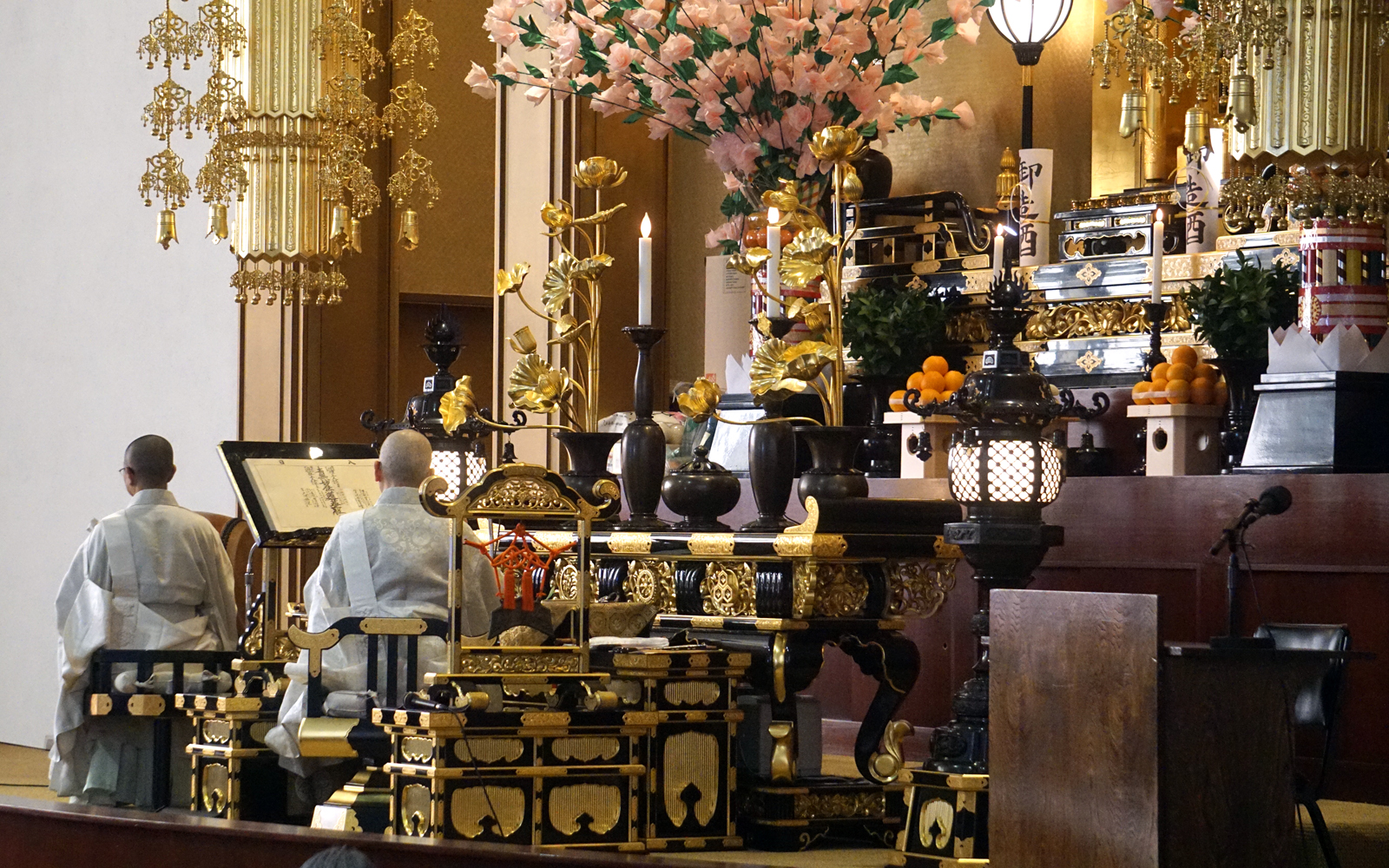
Become a Member
Take the next step to solidify your practice!
MEMBER RESOURCES
temple Events
See our upcoming meetings, ceremonies, and events!
Study Materials
Browse our archive of past lectures from Rev. Takano.
Monthly Gosho Passages
Find the Gosho passage for this month or previous months.
ARTICLES
When we practice to the Gohonzon with faith, the great life condition of Buddhahood will manifest in the depths of our lives. We can expiate our negative karma from the past and experience it as a lesser effect.
From the standpoint of Buddhism, especially from the perspective of Nichiren Daishonin’s Buddhism, there is a deep causal relationship that exists between common mortals and their immediate environment. It is said that this relationship can cause disasters to arise.
…actions from our past existences become causes that manifest as good and bad fortune in the present, and actions in this life become the causes that lead to effects in the future.
In Buddhism, while it is taught that there are Four Sufferings from which no one can escape – birth, old age, sickness, and death – there are many other hardships and worries, in addition to the above mentioned four, with which we are constantly beset in our daily lives.
The fundamental meaning of the term “Middle Path” is to walk the indivisible middle way, not only unswayed by such extremes as suffering and pleasure, existence and void, or impermanence and eternity, but also based on correct Buddhist wisdom, which comprehends that all things manifest and become extinct because of causal relationships.
The “eight winds” are eight influences that agitate and inflame the human heart and mind. They consist of four favorable circumstances (prosperity, honor, praise, and pleasure) and four setbacks (decline, disgrace, censure, and suffering).
The Buddha expounded his teachings in order to reveal the True Law that leads to Buddhahood, so that people could practice those teachings and manifest the Buddha nature within their own lives. The True Buddha Nichiren Daishonin revealed that the entity of that Law is embodied within the five and seven characters of Nam-Myoho-Renge-Kyo.
Shakyamuni's father was Suddhodana, king of Kapilavastu castle, and his mother was the king's wife, Queen Maya. The story spread that at birth, the crown prince walked seven steps and proclaimed, "I alone am honored throughout heaven and earth."
The word “Buddhism” carries two meanings: “teachings expounded by the Buddha” and, “teachings for becoming a Buddha.” Further, there are various explanations of the word “Buddha,” depending on the sutra being examined, and the word is not necessarily limited to Shakyamuni, who made his advent in India.
Buddhism teaches that one’s attachment to the idea that “the self equals the ego” is an incorrect view, and strongly urges people to get rid of that idea, since it is an illusion of thought. Ill feelings like hatred and jealousy actually arise out of a type of illusion of thought called egocentric views.

